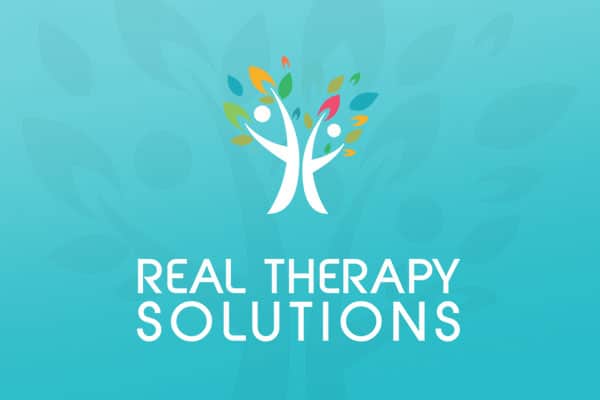Research suggests that individuals with autism spectrum disorders experience victimisation and social rejection up to four times more than their peers without autism. When looking at the playground, children and adolescents with autism were more likely to experience intentional social exclusion (being purposefully left out or avoided) and acts of physical aggression from their peers. This kind of peer victimisation have the following negative impact on children or adolescents:
• Poor mental health: anxiety and depression
• Poor social skills
• Low self-esteem
• Loneliness
• Difficulty creating and maintaining friendships, and
• Poorer academic performance
Many parents ask why this happens to their child and whilst the reasons may vary from child to child, it typically comes down to a lack of understanding about what autism is and the child experiencing stigma as a result.
Stigma – What is it?
Stigma is a social construct that devalues a person or group of people for possessing a characteristic that is considered a disadvantage in a social context. Stigma consists of three different elements:
• Stereotypes: perceptions, true or untrue, that are based on collective opinion.
• Prejudice: negative emotional reactions based on stereotypes
• Discrimination: not treating the individual as an equal resulting in negative interactions such as harassment or avoidance.
Language plays a role in maintaining stigma, especially when defining someone by the characteristic that is stigmatised, such as calling someone autistic, instead of saying a child with autism.
Why is there a stigma around autism?
Stigmatising attitudes occur when someone displays behaviours outside of the social norm. With autism, these behaviours could include:
• Poor eye contact
• Intense interests
• Misunderstanding facial expressions or body language
• Requiring a strict routine, or
• Meltdowns
The attitudes are typically fuelled by a lack of knowledge about autism. Research by Humphrey and Symes (2011) suggests that a cycle exists between a lack of knowledge about autism and negative interactions, such as bullying, being left out, or being avoided. The negative interaction can cause reduced motivation for the child with autism to try to engage with their peers, which can contribute to avoidance behaviours. The avoidance of social contact limits their peers’ understanding of autism which can fuel the bullying, starting the cycle again.
What can we do?
When it comes to bullying, withdrawal is a very effective strategy to help children cope, however, as we saw above, sometimes it can only make the problem worse. Other strategies to help cope with bullying include:
• Distraction: finding something else to do or someone else to play with
• Changing your thoughts: not placing value on what they are saying or having that person as a friend
• Talking to someone about it such as a parent, teacher or psychologist
Whilst there are a number of strategies to help your child cope with the experience of stigma, however that’s just fixing a consequence of the problem, not the problem itself. To truly combat this requires attitudinal change of the general public which comes through increasing their knowledge and understanding of what autism is.
One of the ways to increase knowledge about autism is media presence, with the latest success coming courtesy of Sesame Street, who have just launched their first character with autism, Julia, and Sesame Street and Autism: See All In Amazing Children. The website has an online storybook which is helpful for children without autism to understand why children with autism do certain things and shows an acceptance of Julia’s needs.
At Real Autism Care we are passionate about increasing knowledge about Autism through our regular free workshops to parents, carers and the general community. We get involved in a variety of fundraisers that focus on increasing awareness of Autism such as Fighting For Autism, http://www.fightingforautism.com.au/, and regularly meeting with medical practitioners and other professionals to ensure they have accurate information about Autism to provide to their patients.






